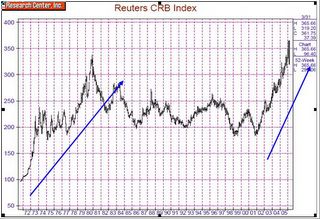Figure 4: Since 2004 Philippine (ROP) Sovereign Instruments have Soared!
Figure 4 courtesy of again of Asianbondsonline.com tells us that since 2004, benchmark coupon rates for ROPs have collapsed by about 40%. In short, ROPs have been on a BULL MARKET! Yet, much of these improvements I have likewise attributed to overflowing money and credit supply or the inflationary cycle adopted by global central banks since 2003 (discussed extensively in our November 14 to 18, 2005 Inflation Cycle A Pivotal Element to Global Capital Flows). I have argued that global investors has lumped the Philippines as part of the emerging market class, such that investing on the aforementioned rubric means a spillover to Philippine assets, thereby contributing to the conspicuous inflation of asset prices.
Now times have changed. Global central banks led by the US Federal Reserves has began to siphon off liquidity, since 2004, from the global financial marketplace as it hiked its interbank rate for the 15th time to 4.75%. To wit, we have also reported of the recent rate hike undertaken by the Euro last December (with more forthcoming) and the end of the accommodative money policies in
In essence, we have concurrently a global trend of rising interest rates which does not bode well for our peso sovereign debt class. The Philippine 10-year US denominated instruments is merely 230.9 basis points away at 7.159% from its
I have been expecting a divergence in the price performance among asset classes however since the Fed flushed the world with excess dollars in 2003, almost in synchronicity, global asset prices have risen across all spectrums.
Today, as the scaffolds of liquidity are gradually being withdrawn; it could be observed among the financial marketplace that some tolls are being exacted not in the equity or commodity markets but in the bond markets...
Figure 5: Lehman Bond Composite (Global) and the Salomon Brothers Emerging Market Debt Fund Inc.
Figure 6: Dow Jones Corporate Bond Index (red line) and the Morgan Stanley Dean Witter U.S. Government Securities Trust (black line)
Moreover, if government trends are of any indication, the recent surprise delivered by Iceland’s central bank to raise interest rates by three quarters of percentage point may herald to similar activities in the financial marketplace, something unexpected by the conventional investors.
Since 2003, I have stated that rising gold prices have not been consistent with rising equity and bond prices as gold prices signify an increased degree of uncertainty (geopolitics, monetary, financial, or economic stress) and/or hallmarks of higher inflationary environment.
Figure 7 shows (courtesy of kitco.com and economagic.com) the correlation of rising gold prices in the past in tandem with rising interest rates (as shown in the lower window).
The recent surge of gold prices to a 25-year high alongside precious metal sibling silver, as well as record highs of other metals as copper, zinc (see Figure 8) and platinum, and even sugar to a 24 year high, has been accompanied by a breakout of the 10 year yield of the benchmark US Treasuries to its highest level since May 2004.
If past were to assimilate itself then we are off into seeing higher rates conflate with higher commodity prices (see Figure 9 represented by the CRB Reuters Index).
While bonds may not be the place to be, as higher inflation rates erodes yields or locking in at low rates would translate to capital losses, higher commodity prices equates to higher reserves valuation and increase in earnings for the extractive industries. Further, if eroding purchasing power brought about by monetary inflation is concerned, amidst a “stagflationary” environment, then in parallel to commodities, hard assets could be the place to be. In short, under the Philippine setting it’s best to stay invested with short term bonds or preferably long the stockmarket (mostly in real estate and mining/oil).
I guess its time to listen to your barber and have that haircut!







No comments:
Post a Comment